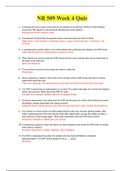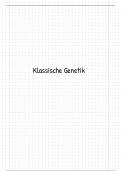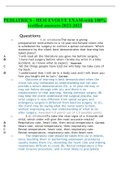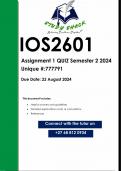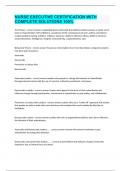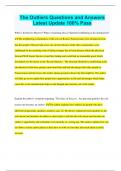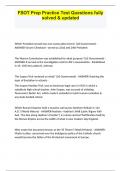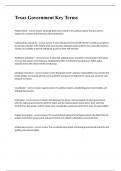Summary
Summary Cardiorespiratory Assessment for Physiotherapists
- Institution
- London South Bank University (LSBU)
This document provides in depth knowledge of cardiorespiratory assessment for physiotherapy students. Both subjective and objective assessment are covered as well as clinical tests such as heart and lung sounds and percussion are described too. This is the only document you will need to ace your cl...
[Show more]




